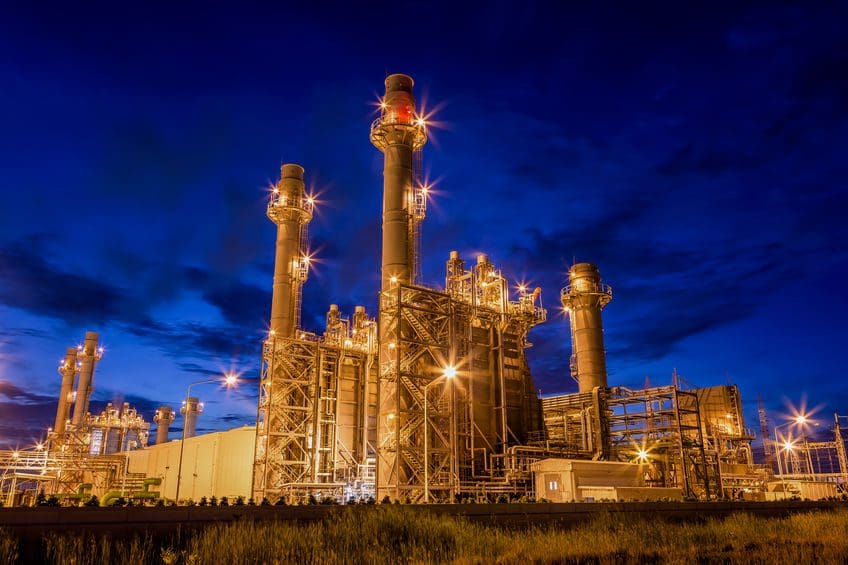Natural gas, once again, had an outstanding year setting production, consumption and export records in 2019, and attributed to reductions in carbon dioxide emissions, according to a report issued this week by the Energy Information Administration.
“In 2019, dry natural gas production increased by 10 percent, reaching a record-high average of 93.1 billion cubic feet per day (Bcf/d),” EIA stated. “U.S. natural gas consumption increased by 3 percent led by greater use of natural gas in the electric power sector. Natural gas gross exports increased 29 percent to 12.8 Bcf/d.”
In September, the Henry Hub natural gas spot price averaged $1.92 per million British thermal units (MMBtu), down from an average of $2.30/MMBtu in August. However, EIA expects that rising domestic demand for natural gas and demand for LNG exports heading into winter, combined with reduced production, will cause Henry Hub spot prices to rise to a monthly average of $3.38/MMBtu in January 2021. EIA expects that monthly average spot prices will remain higher than $3.00/MMBtu throughout 2021, averaging $3.13/MMBtu for the year, up from a forecast average of $2.07/MMBtu in 2020.
Production declines combined with rising demand could create the “tightest gas market of the past decade,” according to a new report from Morgan Stanley. The investment bank warns that inventories could draw down sharply this winter, “potentially eclipsing those of the 2013-14 polar vortex.” The bank hiked its price forecast for 2021 to $3.25/MMBtu, up from $3.05/MMBtu, and it also warned that there is upside risk of $5 if the weather turns out to be especially cold.
In 2019, dry natural gas production increased by 10 percent, or 8.7 Bcf/d, reaching a record high of 93.1 Bcf/d for the year. This increase was the second-largest volumetric increase since at least 1930 and second only to last year’s increase, EIA stated.
The two largest natural gas-producing states, Texas and Pennsylvania, also had the two largest increases in natural gas production in 2019. Texas annual average dry natural gas production increased 15percent, from 19.3 Bcf/d in 2018 to 22.2 Bcf/d in 2019. Pennsylvania’s natural gas production increased 10 percent, from 16.9 Bcf/d in 2018 to 18.6 Bcf/d in 2019.
As U.S. natural gas production increased, the volume of natural gas exports—both through pipelines and as liquefied natural gas (LNG)—increased for the fifth consecutive year to an annual average of 12.8 Bcf/d. U.S. LNG exports accounted for most of this increase.
EIA said changing the fuel mix has reduced the carbon intensity of U.S. electricity generation. Natural gas has become the largest energy source for electricity overtaking coal. Greenhouse gas emission from electricity peaked in 2007 at approximately 2,500 million metric tons CO2 equivalent but declined to roughly 1,700 in 2019. EIA also noted between 2005 and 2019, total U.S. electricity generation increased by almost 2 percent while related CO2 emissions fell by 33 percent.
Alex Mills is the former President of the Texas Alliance of Energy Producers.
Alex Mills is the former President of the Texas Alliance of Energy Producers. The Alliance is the largest state oil and gas associations in the nation with more than 3,000 members in 305 cities and 28 states.





